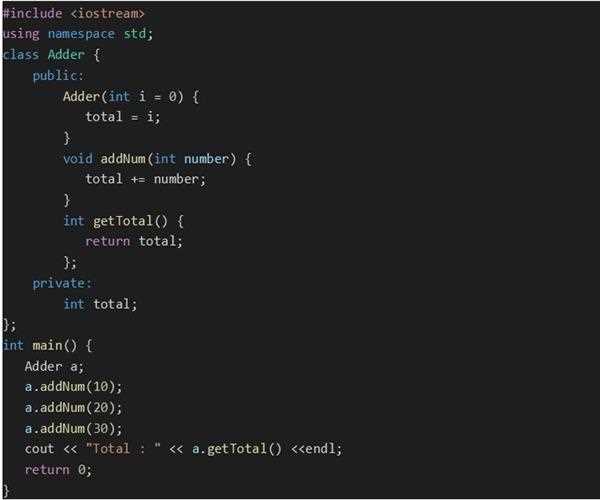OOP and FP are two camps of paradigms that influence the design of a language in contrasting manners. OOP is of course based on objects – self-contained pieces of data and commands. Many modern languages such as Java and C++ place significant emphasis on classes, inheritance, and polymorphism, ideas that allow programmers to mimic and mimic real-world systems based on the employment of hierarchical connection and interaction of rows. This approach is focused on state management and mutation of data.
Functional programming on the other hand views computation as the evaluation of mathematical functions and does not allow any state modifications or variables. Languages such as Haskell and Scala focus on immutability, pure functions, and higher-order functions. FP also promotes declarative programming in which the programmer states what he would like changed rather than how it is to be changed. This results in code that is usually less messy and shorter, easier to predict and easier to test since they do not retain state information.
One of the most significant specific differences concerns data and state management. OOP is achieved where we have objects that have attributes with their own state and behavior as well as ability to be changed by methods. It can be complex and have side effects that may affect the behaviors of a system, especially when those systems are part of a system of systems architecture. FP, in contrast, does not have side effects because values/objects are seen as unalterable and functions as purging, which yields the same result whenever they are fed the same argument. This makes FP programs less complex and easy to debug and estimate how long a program will take to complete or how large it will grow.

The other difference is that in the Tiger model, there is a clear distinction in the approach taken when solving a problem. OOP entails reducing a problem into objects that can work together in a correct manner with a lot of modularity and reusability. FP, on the other hand, employs the process of decomposing problems into smaller functions within which a number of functions collectively create a complex one. This functional composition usually leads to code that is quite compact and easier sometimes to reason about for instance when it comes to mathematical expressions and data manipulations.
In the end, there is no hard and fast rule regarding the choice between the OOP and functional programming since the choice majorly depends on the nature of the problem and the developer’s inborn preference. Some of the situations where OOP performs best are in cases where there are well-defined hierarchies within the application such as in the case of modeling the physical world or use of frameworks. Current programming languages such as Python and JavaScript incorporate aspects of both paradigms depending on the advantage that is sought at the time of programming.
Conclusion
In conclusion, it can be stated that the object-oriented and the functional programming paradigms are pretty different in the approach to problem-solving. This is because OOP focuses on objects, state management, and hierarchy, which is very suitable for modelling complex systems in the real world. FP goes for optimizations such as immutability of the value, purity of functions, declarative style demand predictable and scalable solution. Thus, each paradigm has some advantages, but with time more and more programming languages incorporate elements from both paradigms so the developer can use all the features of OOP and functional programming in the development of the efficient, reliable and maintainable software.